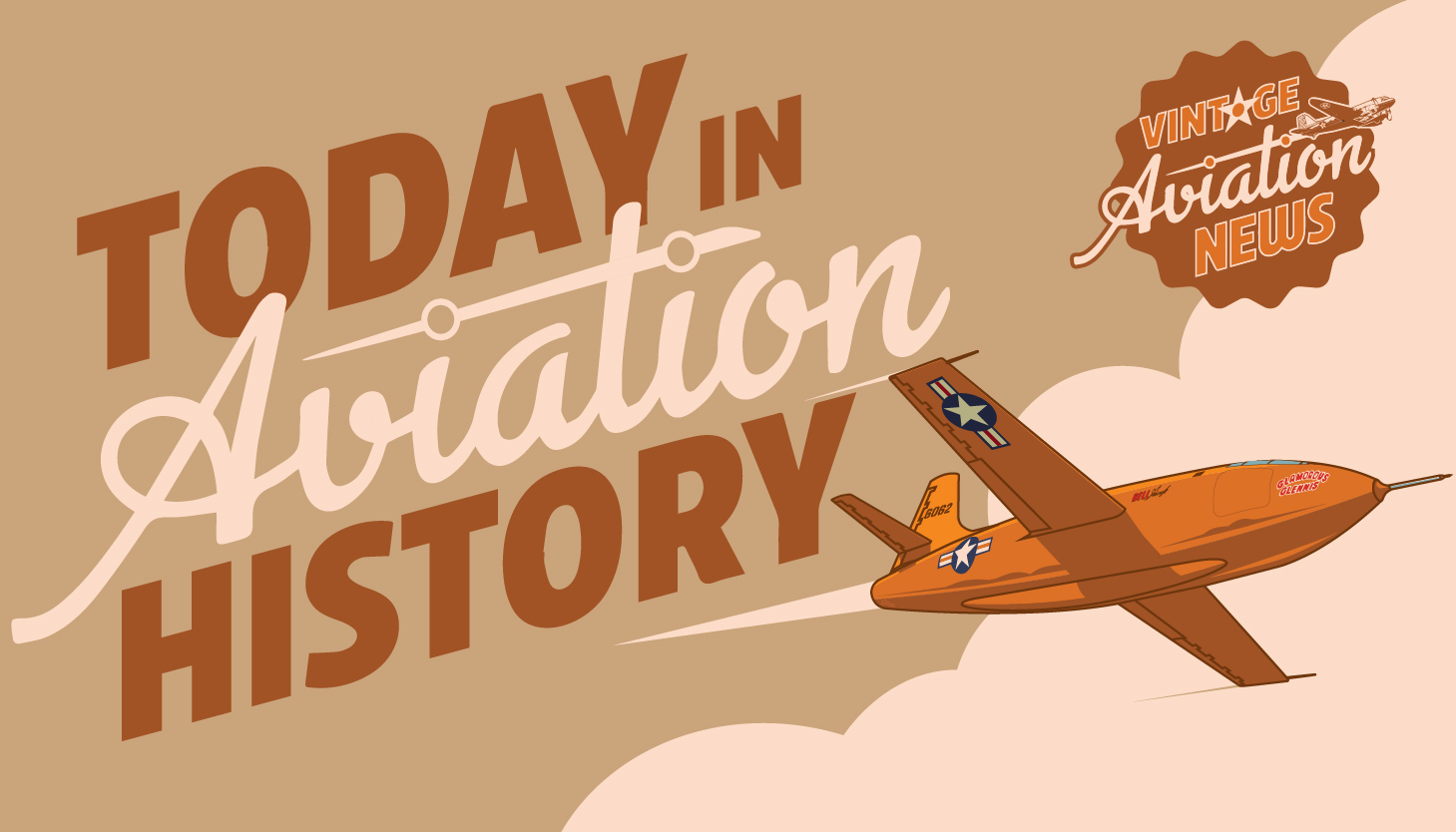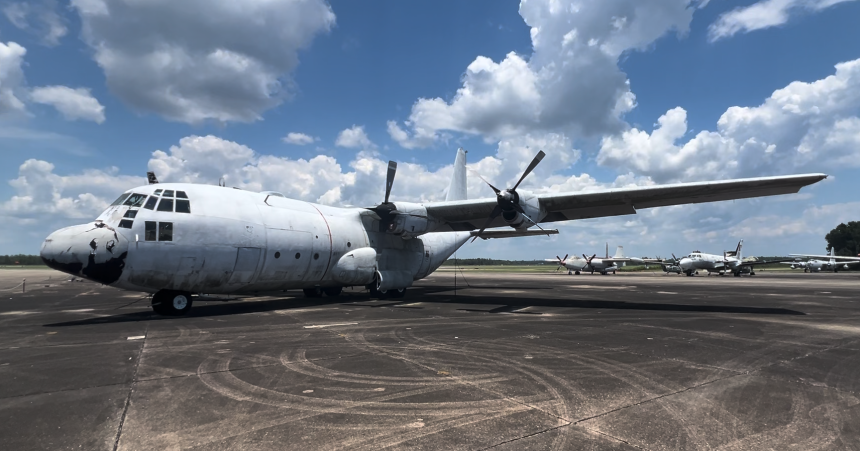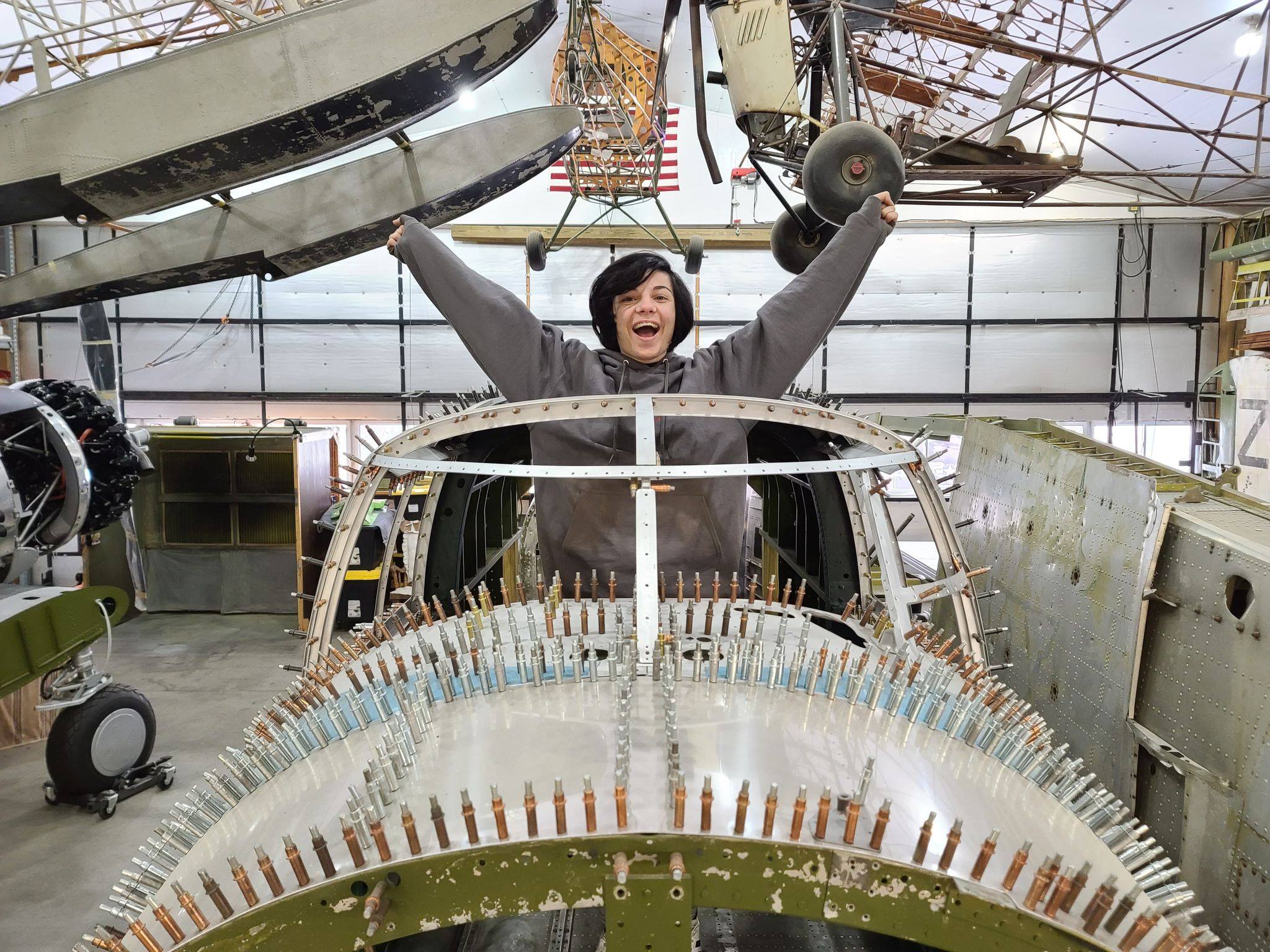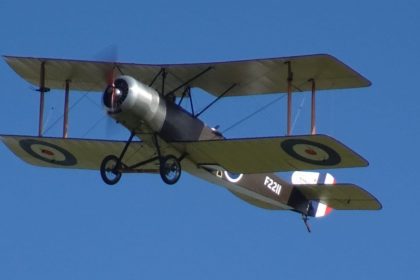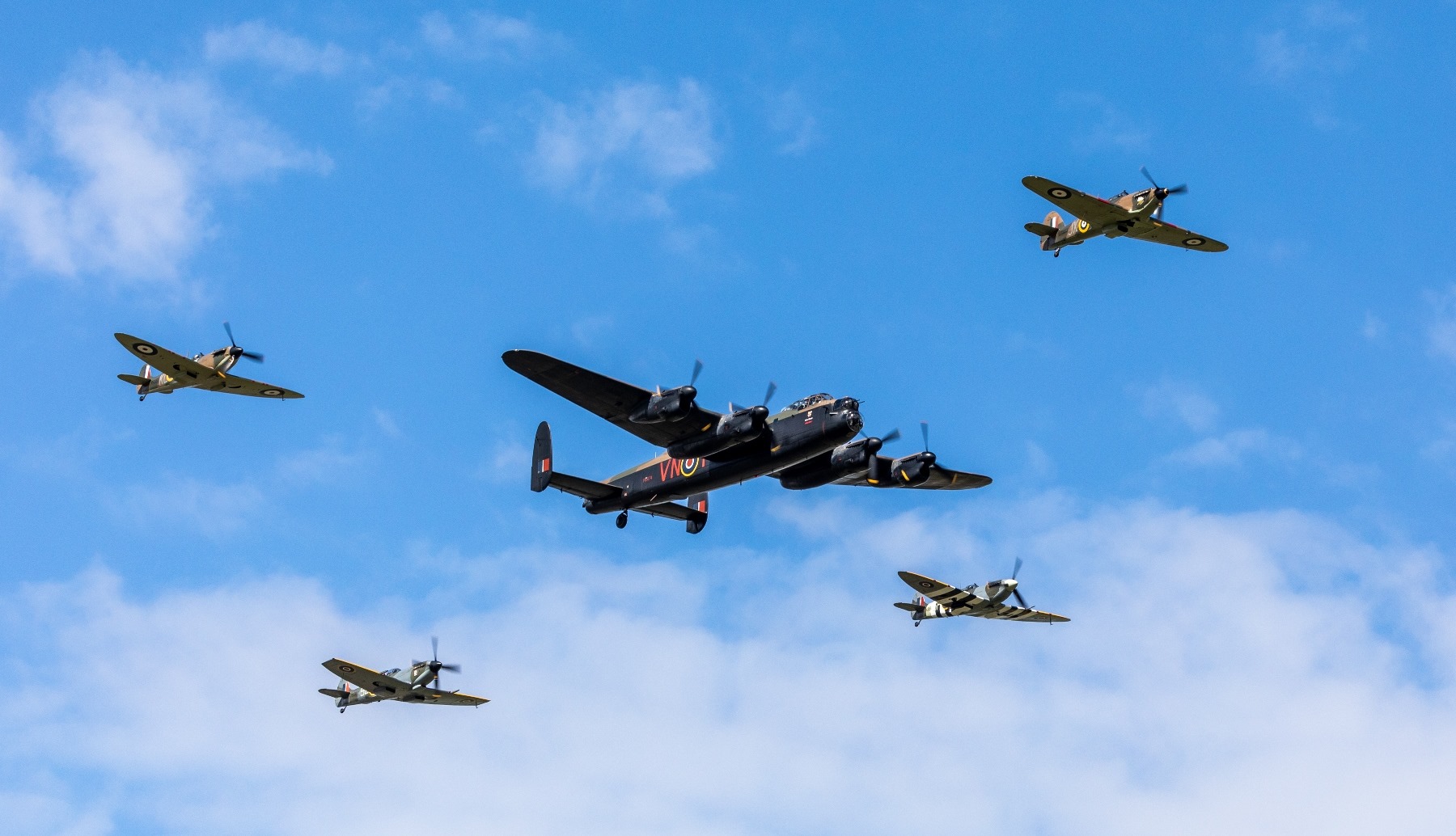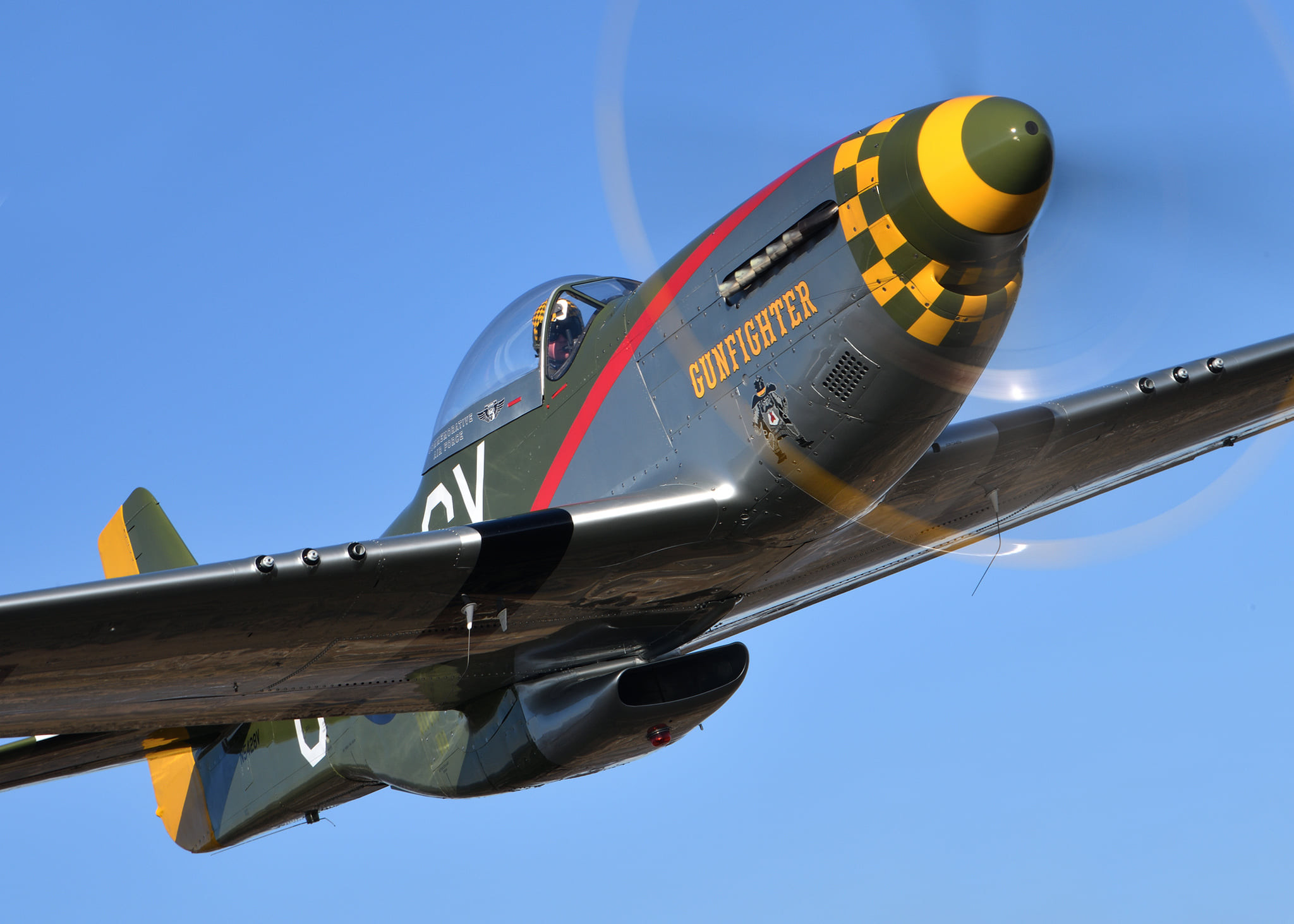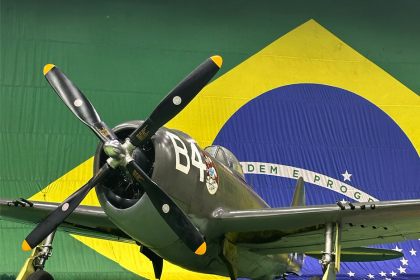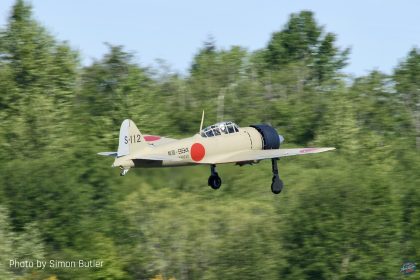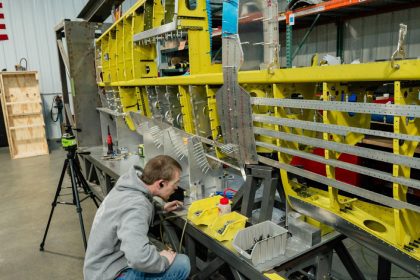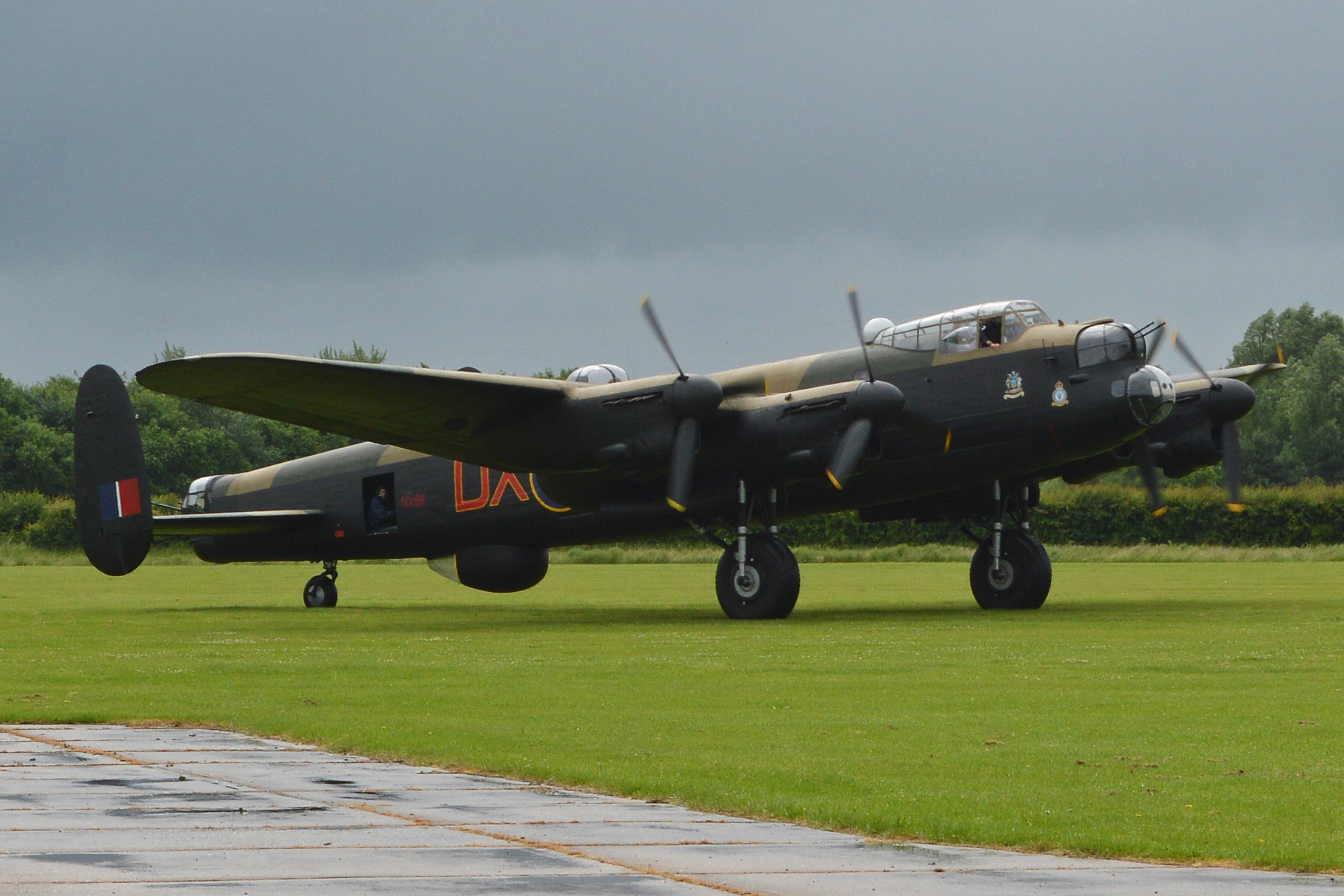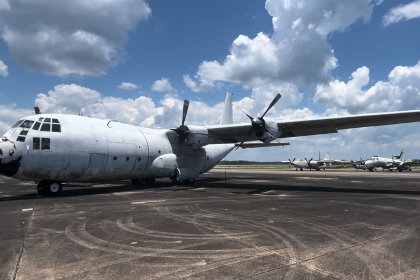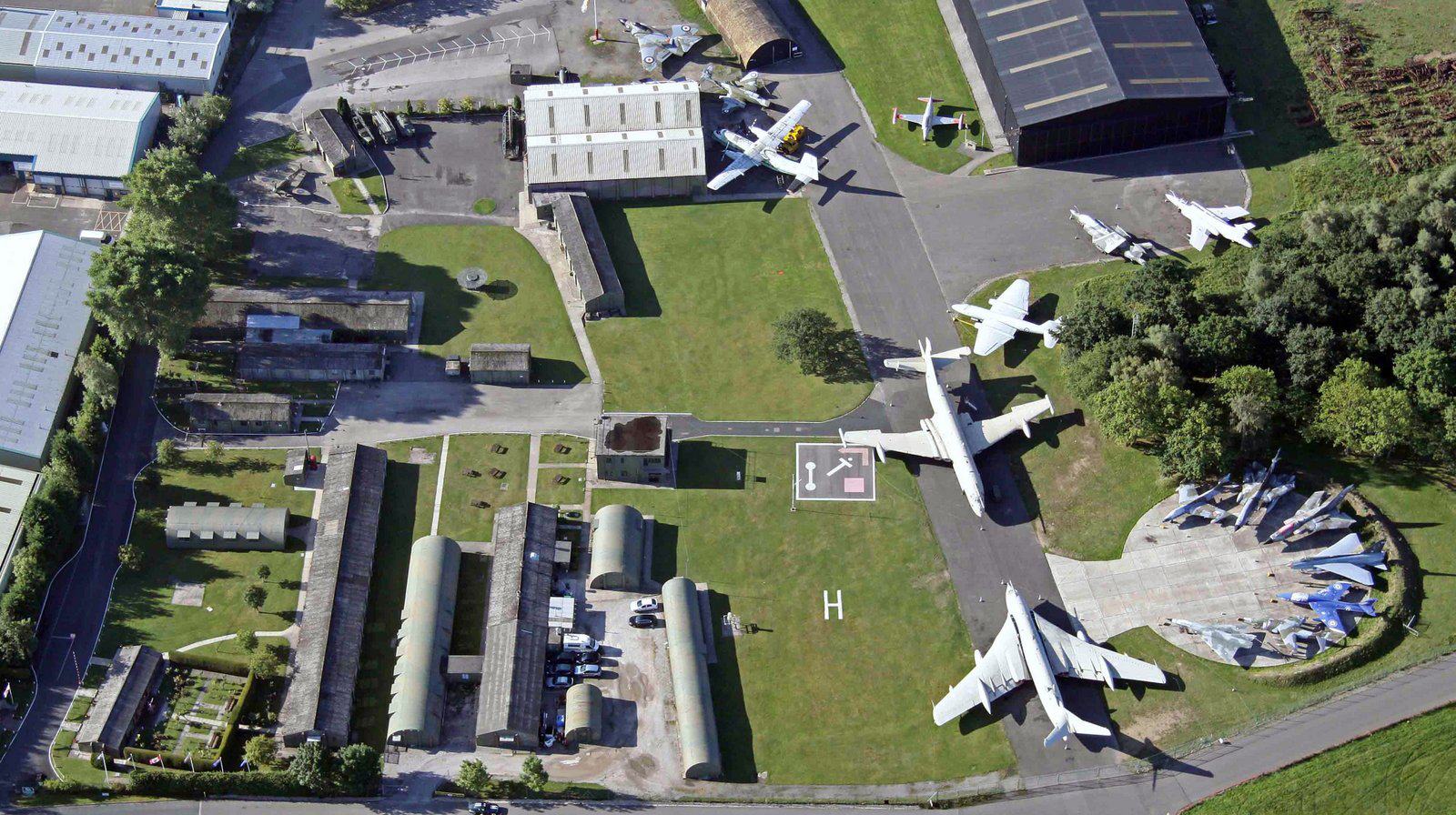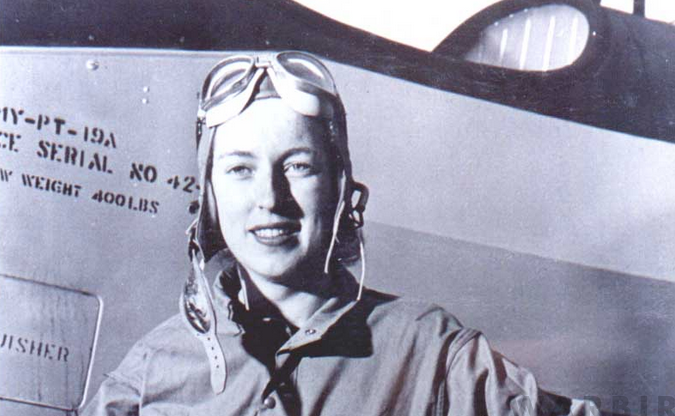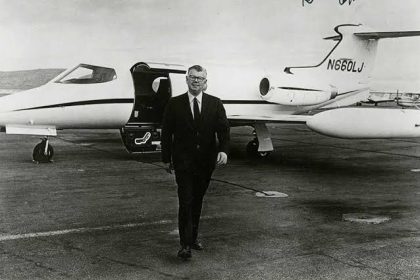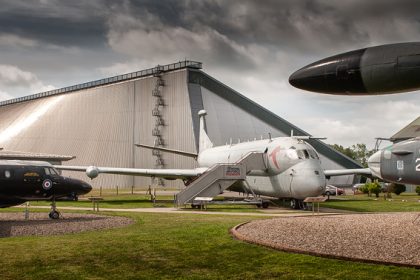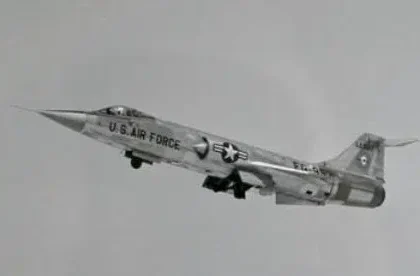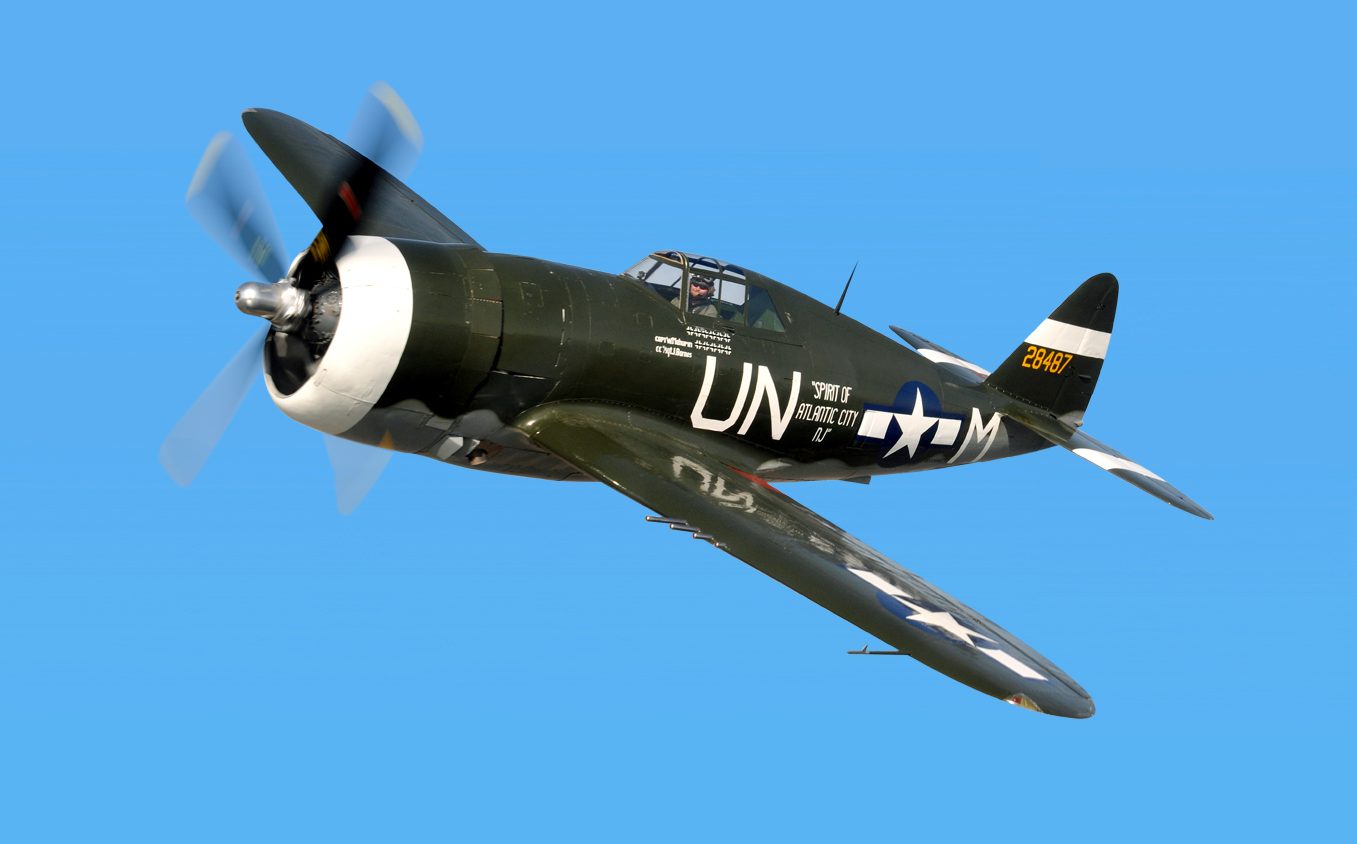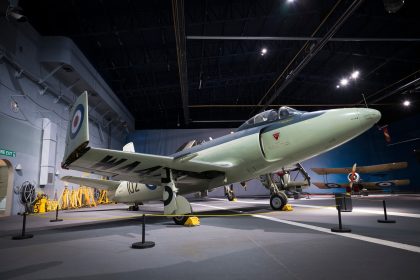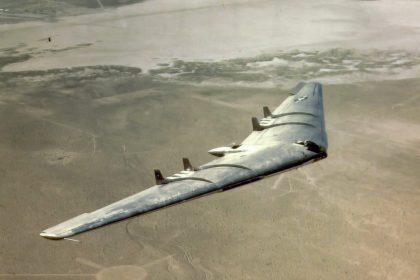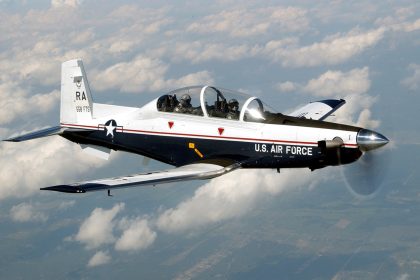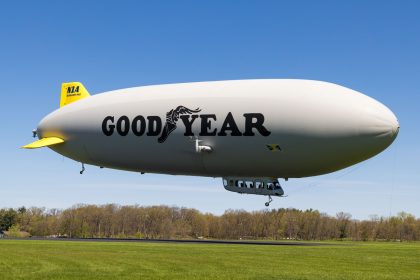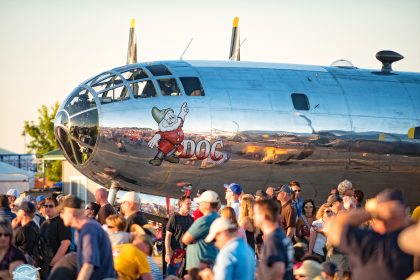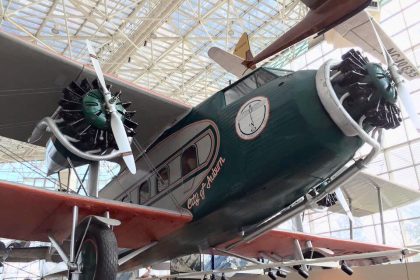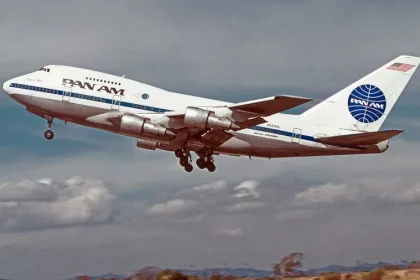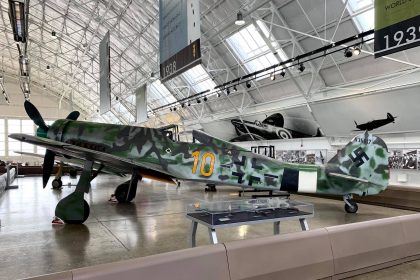-
🤩 Trending:
- Youtube
- Newsletter
- Events
From Deck to Display: The Only C-130 to Ever Land on a Carrier Lives at the National Naval Aviation Museum
LOOK MA, NO HOOK: The Legendary Carrier Landings of KC-130F BuNo 149798. The very aircraft that made history—KC-130F BuNo 149798—is…
Restorations
Aviation Museum News
Today in Aviation History
Latest News
‘Sophie’ the Strutter: A Sopwith 1½ Strutter Comes to Life in Scotland
After more than two decades of meticulous craftsmanship, a full-scale Sopwith 1½ Strutter named Sophie…
World’s Only Airworthy AVRO Anson Arrives in Belgium
The world’s only airworthy AVRO Anson Mk.I, serial MH120 (ZK-RRA), has arrived in Belgium after…
The Battle of Britain Memorial Flight Announces 2025 Display Program
The Battle of Britain Memorial Flight has unveiled its 2025 display programme, featuring a packed…
P-51 Mustang Gunfighter to Join the B-29 DOC History Restored Tour
The legendary P-51 Mustang Gunfighter is joining forces with B-29 DOC for select stops on…
How Long Does it Take to Study Aviation in The USA
Discover aviation education timelines in the USA, from quick pilot certifications to four-year degrees. Compare…
Goodyear Bringing 1925 Livery Blimp to Oshkosh for Airship Centennial Celebration
Goodyear is set to make a historic return to EAA AirVenture Oshkosh 2025 by bringing…
B-29 DOC Returns to World War II Weekend in Reading, PA
The skies over Reading, Pennsylvania, will roar with history this June as B-29 DOC, one…
Randy’s Warbird Profiles: Boeing Model 80A-1 “Pioneer Pullman of the Air”
In this installment of Randy’s Warbird Profiles, we turn our attention to a rare and…
Today in Aviation History: Pan Am’s Boeing 747SP Sets New Around-the-World Speed Record
On May 3, 1976, Pan Am’s Boeing 747SP Clipper Liberty Bell set a new world…
Airbase Georgia to Host Screening of New Documentary Profiling WASP Cornelia Fort
CAF Airbase Georgia will host a special screening of Crosswinds: The Courageous Life of Cornelia…
B-29 DOC “History Restored” Tour Lands at American Airpower Museum This Memorial Day Weekend
One of only two airworthy B-29 Superfortresses in the world, “DOC” is set to visit…
Randy’s Warbird Profiles: Focke-Wulf Fw 190D “Yellow 10”
Randy Malmstrom takes a look at the Flying Heritage & Combat Armor Museum's Focke-Wulf Fw…
Stay Connected
Categories
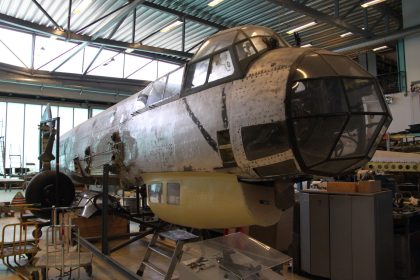
Restorations
1029 Articles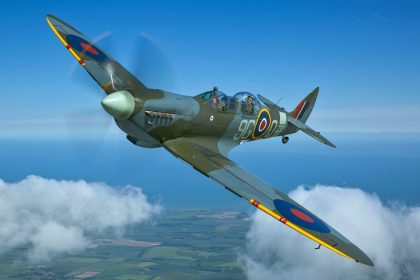
Warbirds News
1843 Articles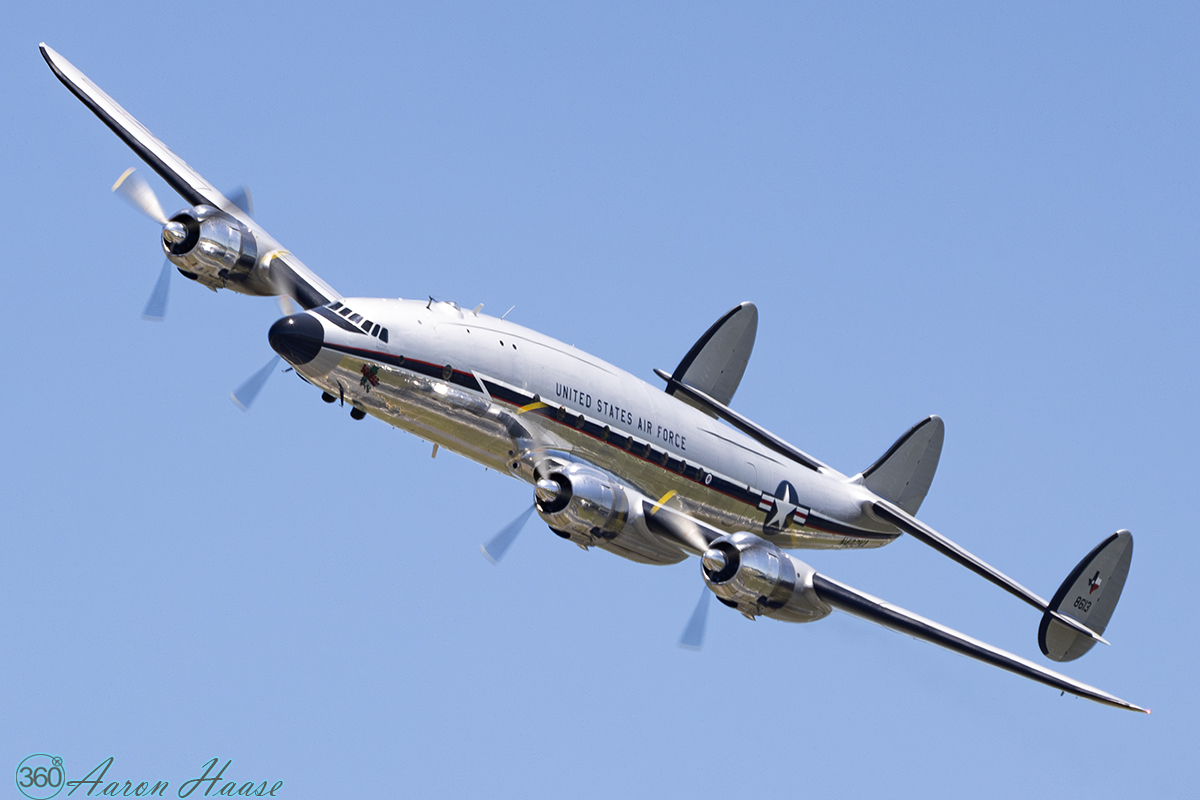
Vintage Aviation
114 Articles
Aviation Museum News
1815 Articles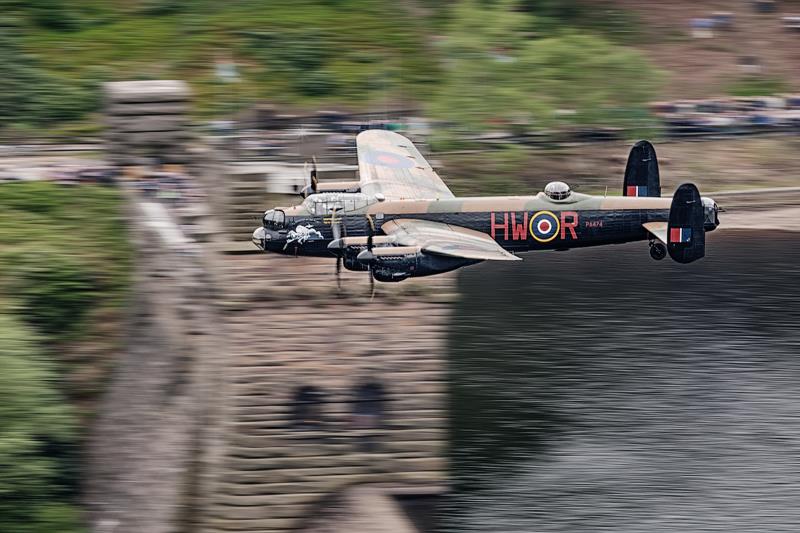
Articles
752 Articles